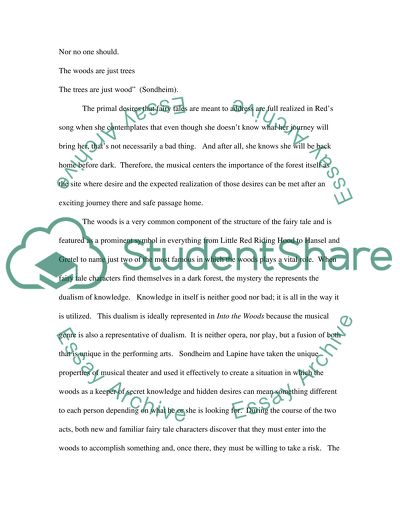Cite this document
(“Into the Woods and Fairy Tale Conventions Book Report/Review”, n.d.)
Retrieved from https://studentshare.org/miscellaneous/1505539-into-the-woods-and-fairy-tale-conventions
Retrieved from https://studentshare.org/miscellaneous/1505539-into-the-woods-and-fairy-tale-conventions
(Into the Woods and Fairy Tale Conventions Book Report/Review)
https://studentshare.org/miscellaneous/1505539-into-the-woods-and-fairy-tale-conventions.
https://studentshare.org/miscellaneous/1505539-into-the-woods-and-fairy-tale-conventions.
“Into the Woods and Fairy Tale Conventions Book Report/Review”, n.d. https://studentshare.org/miscellaneous/1505539-into-the-woods-and-fairy-tale-conventions.


